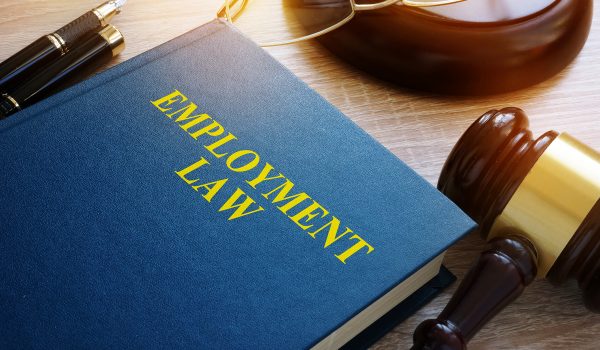The Department of Labor (DOL) has updated its interpretive guidance about whether two or more individuals or entities are “joint employers” of an employee under the Fair Labor Standards Act (FLSA). The new final rule is intended to help employers and businesses make decisions and enter into business relationships with more certainty regarding what actions may create potential obligations under the FLSA.
The FLSA requires covered employers to pay nonexempt employees at least the minimum wage for all hours worked and overtime for every hour worked over 40 in a workweek. Employees may have more than one employer, and “joint employers” can be jointly and severally liable for violations of the FLSA.
The FLSA defines employer to include “any person acting directly or indirectly in the interest of an employer in relation to an employee.” 29 U.S.C. 203(d). The DOL has issued a regulation that helps determine whether an individual or entity constitutes a “joint employer” under the FLSA. That regulation, 29 CFR Part 791, was enacted in 1958 and initially provided three scenarios for joint employer status: (1) an arrangement between employers to share an employee’s services; (2) an employer who acts directly or indirectly in the interest of another employer in relation to an employee; and (3) multiple employers who are not completely disassociated with respect to the employment of a particular employee, and share control of the employee because one employer controls, is controlled by, or is under common control with another employer. This interpretation remained unchanged for more than 60 years.
In April 2019, the DOL revisited its interpretation to identify two possible joint employer scenarios.
The first and most common scenario occurs when one employer suffers, permits, or otherwise employs an employee to work, and a second individual or entity simultaneously benefits from that work. The new rule adopts a four-factor test for determining joint employer status under this first scenario. The test considers whether the business benefiting from an employee’s work (1) hires or fires the employee; (2) supervises and controls the employee’s work schedule or conditions of employment to a substantial degree; (3) determines the employee’s rate and method of pay; and (4) maintains the employee’s employment records. No single factor is dispositive, and the maintenance of employee records, alone, will not demonstrate the joint employment relationship.
To create a joint employer relationship, there must be some actual control exercised over the employee. And notably, the interpretation makes clear that while economic dependence may be relevant to employer status under the FLSA, economic dependence is not relevant to the joint employer analysis. Accordingly, factors such as whether the employee exercises special skill or judgment, has an opportunity for profit or loss, and invests in equipment may not be considered.
The DOL’s new guidance recognizes a second joint employer scenario in which multiple employers employ the same employee to work separate hours during the same workweek. In this scenario, the multiple employers are only “joint employers” if they are “sufficiently associated” with respect to the employment of the employee. If the multiple employers are found joint employers, they must aggregate the employee’s hours worked to determine overtime obligations.
The new interpretation is significant for all employers, as it will likely reduce the number of entities considered joint employers. However, employers should be mindful that the test for joint employer status under the FLSA may differ from joint employer tests implemented by different agencies, including the National Labor Relations Board and the Internal Revenue Service. Accordingly, employers should seek the advice of counsel before making any joint employer determinations.
The final rule will be published in the federal register on January 16, 2020, and will be effective 60 days from that date, on March 16, 2020. For more information, please contact Jen Bame, Amy Wilson, or any attorney in Frost Brown Todd’s Labor & Employment practice.

